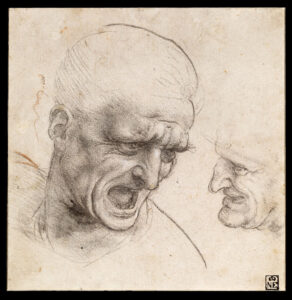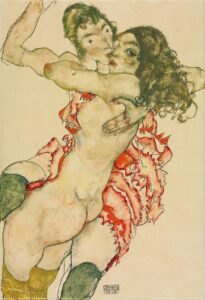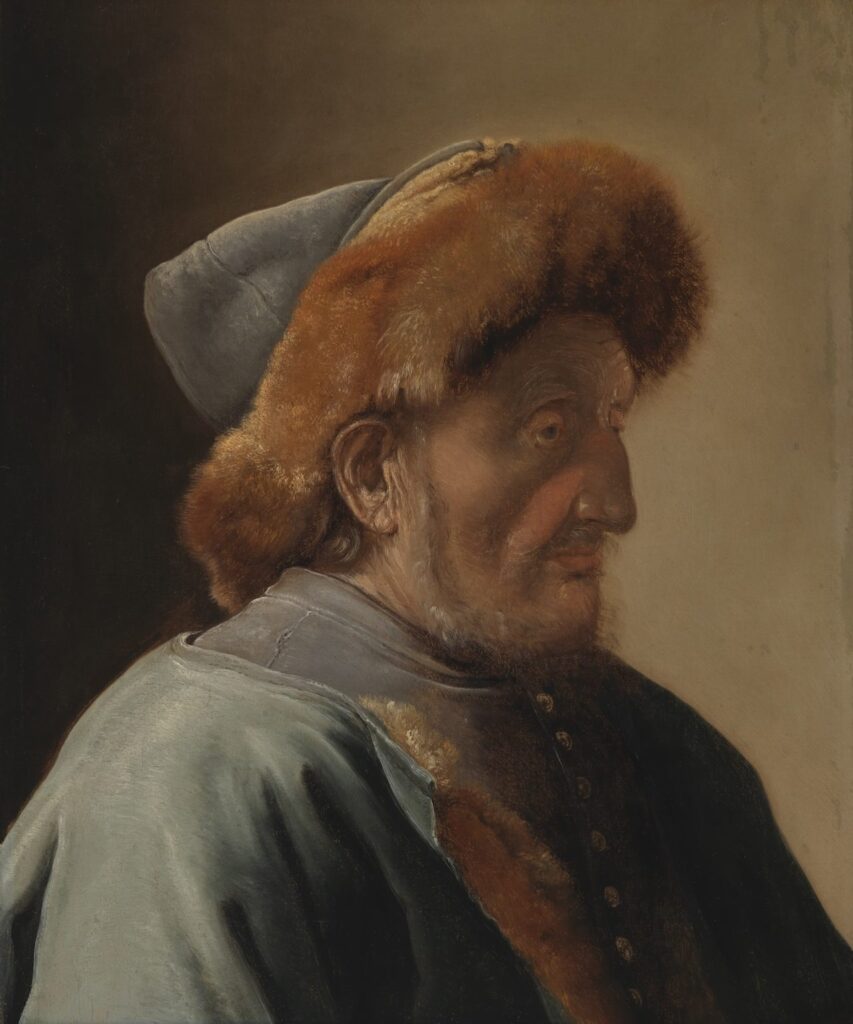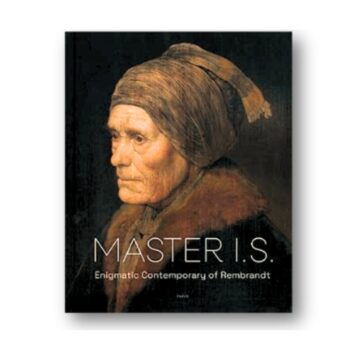Between Silk, Steel, and Stingers: Art Exhibitions Not to Miss in May 2025
May has always been a month of thresholds – not quite summer, not quite spring, but something in between. And this May, the art world seems to agree. From beasts ready to leap off the pages of rare books to tent pegs charged with biblical symbolism, from mystical cards to Nordic light, museums are offering not just retrospectives, but revelations.
So, pack lightly (just enough room for a catalog or six, and for the ones you missed in person, our catalog collection is always ready to migrate to your bookshelf), cancel that second espresso, and step into galleries that smell faintly of old books, fresh paint, and a little mystery. Whether you are in Tokyo or Tennessee, the doors are open. And what’s inside might haunt you – in the best way.
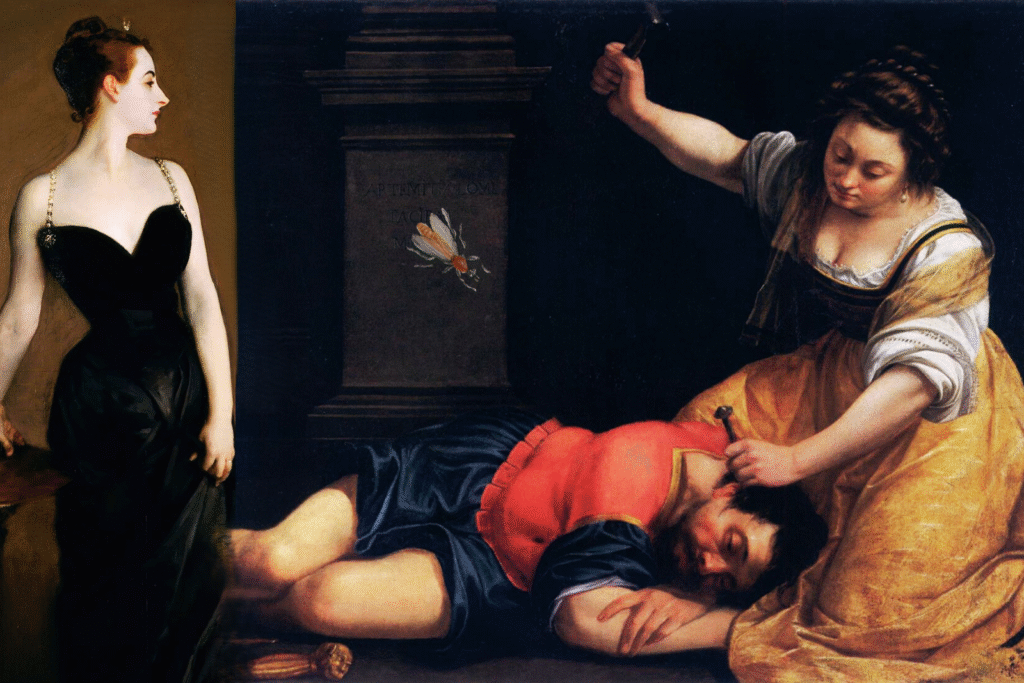
AUSTRALIA
Dangerously Modern: Australian Women Artists in Europe

Art Gallery of South Australia, Adelaide – 24 May to 7 September 2025
Art Gallery of New South Wales, Sydney – 11 October 2025 to 1 February 2026
Before anyone could say “cubism” with a straight face, Australian women artists were packing their brushes and heading to Europe – not to imitate, but to disturb, reshape, and redraw the modernist map.
This groundbreaking exhibition traces the bold and often subversive journeys of Australian women artists who worked and studied in Europe in the early 20th century. From bohemian Paris to Weimar Berlin, these artists absorbed, challenged, and transformed modernist styles, asserting their place on the global stage. Featuring works by Grace Crowley, Dorrit Black, and others, the show reframes Australia’s contribution to international modernism through a feminist lens.
UNITED KINGDOM
With These Hands
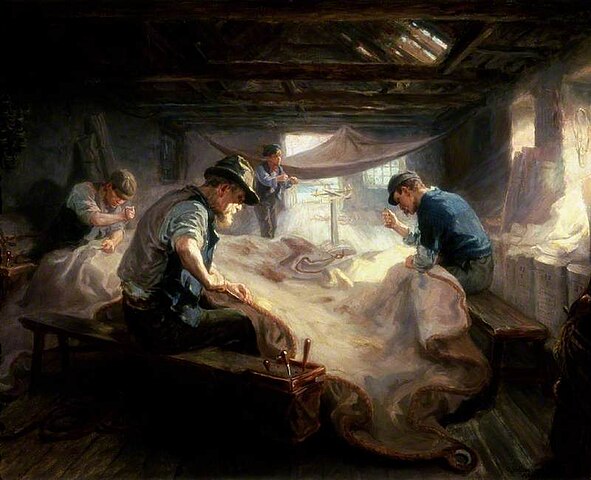
Laing Art Gallery, Newcastle – 17 May to 27 September 2025
This intimate exhibition brings together paintings, drawings, and prints from the Laing’s collection to explore how hands have been portrayed across time, as symbols of labor, devotion, suffering, and grace.
Created in Britain and continental Europe from the 1750s onward, these images reflect societies in flux, shaped by industrialization, shifting labor, and the evolving role of women. Some artists romanticized vanishing crafts, while others captured the very atmosphere of factories and workshops.
This exhibition transports us from elegant parlors to weaving sheds, from rural forges to urban carpentry shops. With works by Mary Cassatt, G. F. Watts, Stanhope Forbes, Harold Knight, Evelyn Dunbar, and Ralph Hedley, the show highlights the interweaving of manual skill, societal change, and visual storytelling. It is about hands, creating, enduring, resisting, and the quiet force they carry through time.
Edvard Munch: Portraits

National Portrait Gallery, London – 13 March to 15 June 2025
Just look at that portrait! You would never guess it came from the brush of one of the most famously melancholic artists in European history.
Among the brooding expressions and moody shadows, this portrait jumps out like a jazz riff in a requiem – Munch’s lively depiction of painter Ludvig Karsten in a pale suit and wide blue hat. With its vibrant yellow backdrop and brisk brushwork, it reminds us that even Munch had his moments of sunshine or at least mischief.
This exhibition focuses on a lesser-known side of Edvard Munch, not the scream, but the gaze. Featuring around 45 works, it presents his radical approach to portraiture and the emotional charge he gave to faces, gestures, and even silhouettes. From intimate studies to haunting full-length figures, Munch’s portraits are not likenesses, they are psychological X-rays.
FRANCE
Tattoo: Histories of the Mediterranean
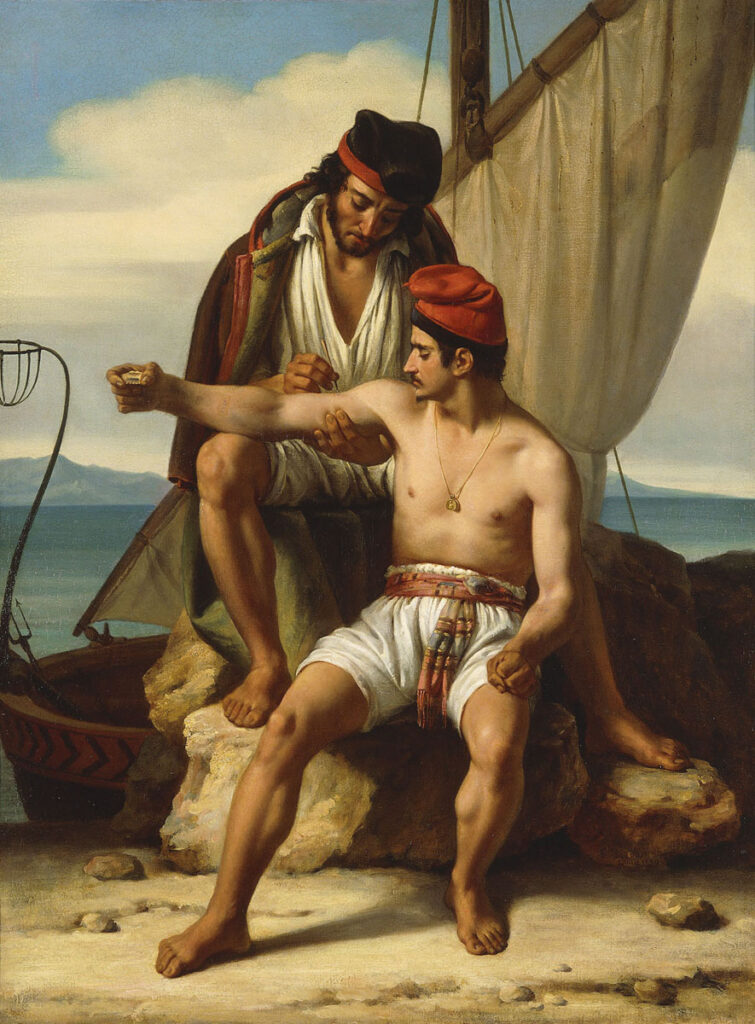
Centre de la Vieille Charité, Marseille – 17 May to 28 September 2025
The word “tattoo” entered the French language in the late 18th century, adapted from the Polynesian term “ta-atua”.
But the practice itself has far deeper roots. In ancient Greece and Rome, tattoos marked foreigners, slaves, and criminals – people seen as monstrous or marginal. Meanwhile, in Egypt, tattoos were often the domain of women and carried meanings of protection, beauty, and spirituality. Across Spain, France, Cyprus, and Syria, tattoos signified kinship, religion, or clan identity. Christianity, on the other hand, long denounced any marks on the body.
This major exhibition explores tattoo practices across the Mediterranean from antiquity to the present day. Featuring more than 275 artworks and objects from public and private collections, it blends archaeology, anthropology, and contemporary art to examine how tattoos express identity, resistance, and memory, and how their meanings have shifted across cultures and centuries.
David Hockney – ’25’
Fondation Louis Vuitton, Paris – 9 April to 1 September 2025
Splash! Hockney returns to Paris with more than 400 works spanning his entire career, from California pools and Yorkshire landscapes to iPad drawings and experimental video installations. This exhibition is not just a retrospective; it is a personal statement by the artist, who helped curate the show to reflect his restless inventiveness.
The centerpiece? Probably not what you would expect. While “A Bigger Splash” may come to mind, here it is the vibrancy, variety, and pure energy of the rooms that do the splashing, echoing Hockney’s obsession with light, space, and visual perception. Whether you are drawn to his early double portraits or his later digital experiments, the show bursts with life and wit at every turn.
Artemisia. Heroine of Art
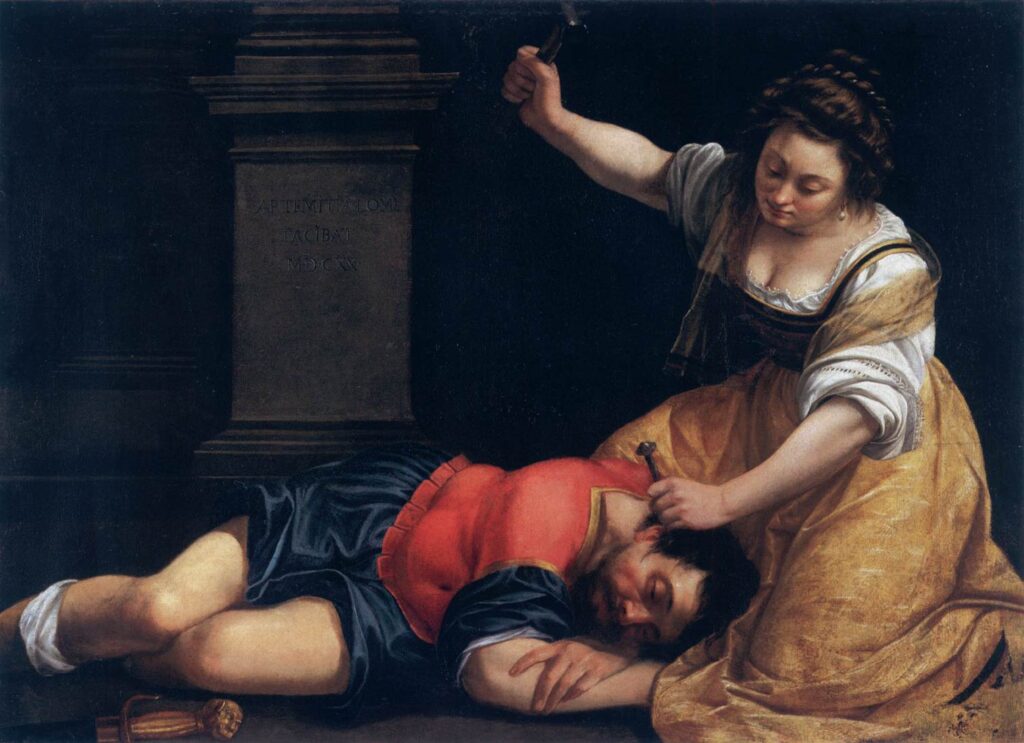
Musée Jacquemart-André, Paris – 19 March to 3 August 2025
Artemisia Gentileschi did not just paint strong women, she weaponized them. And she knew the cost of their strength.
As a teenager, Artemisia was raped by her painting tutor Agostino Tassi. She endured torture during the trial to prove the truth of her accusations – a grotesque inversion of justice that left a permanent mark. It would be foolish to expect still lifes or pastoral scenes from such a life. Her story forged one of the greatest women artists of the Baroque era – fierce, uncompromising, and unforgettable.
This exhibition brings together nearly 40 works on display, some of which are rarely exhibited. But it is Jael and Sisera that stops visitors in their tracks, a painting that speaks both to biblical justice and to the personal trauma that shaped Artemisia’s life and art. Jael looks serene, almost detached, as she drives a tent peg through the sleeping Sisera’s skull. This is a brutal biblical moment rendered with grace, precision, and unnerving calm.
The show is a rare opportunity to see this masterpiece on French soil, a reminder that baroque drama can still strike with razor precision.
ITALY
TAROCCHI. Le origini, le carte, la fortuna / TAROT: Origins, Cards, and Fortune

Accademia Carrara, Bergamo – through June, 2nd 2025
Once upon a time, tarot cards were not instruments of mysticism. They were just elaborate playing cards for the Renaissance elite. But somewhere between the Visconti court and modern occult bookstores, they picked up layers of symbolism, esotericism, and irresistible mystery.
This exhibition is a rare chance to see fragments of one of the most famous tarot decks ever created: the Visconti-Sforza tarot, dating to the mid-15th century. On view is an exceptional reunion of 74 surviving cards from the deck, brought together from collections in New York, Milan, Bergamo, and private hands – a visual constellation not seen in one place for decades. Born in the courts of Lombardy, possibly commissioned by Filippo Maria Visconti or Francesco Sforza, the deck is rich with allegory and courtly grace, and layered with riddles we are still trying to interpret.
With rare decks, paintings, and illuminated manuscripts, this show becomes a visual journey through destiny, disguise, and the enduring human urge to decode life. The exhibition is steeped in mystery, symbolism, and fortune-telling. This show explores the origins and visual evolution of tarot cards from the Renaissance onward, not as mystic trinkets, but as reflections of philosophical, political, and social ideas.
SPAIN
Maruja Mallo: Mask and Compass
Centro Botín, Santander – April,12 to September,14 2025 (traveling to Museo Reina Sofía, Madrid)
This name was a revelation for our team, but oh, what a discovery!
Maruja Mallo (1902–1995) was one of the brightest and boldest voices in Spanish modernism. A contemporary of Dalí, Lorca, and Buñuel, she was a key member of Spain’s avant-garde Generation of ’27, but history, predictably, forgot her.
Her style merged surrealism, magical realism, and sharp social observation, producing paintings that were at once dreamlike and fiercely grounded. Think symbolic still lifes, carnival scenes, and wild-eyed allegories that blur the line between geometry and fantasy.
The exhibition Máscara y Compás (“Mask and Compass”) offers a generous look at Mallo’s career, with over 150 works – paintings, drawings, and archival materials, many rarely exhibited before. Although Mallo represents one of the most vibrant periods in 20th-century Spanish culture, her legacy was overshadowed by 25 years of exile following the Spanish Civil War and the Franco regime. It is a long-overdue tribute to a woman who painted with precision, poetry, and unapologetic power.
Masterworks on Paper from Budapest
Guggenheim Museum Bilbao – through June, 1st 2025
Always dreamed of visiting Hungary, but happen to be passing through Spain instead? This might be your moment.
A delicate, luminous detour from painting into the quiet strength of works on paper. This exhibition, organized in collaboration with the Museum of Fine Arts in Budapest, presents rarely seen drawings, prints, and watercolors by European masters from the 15th to 20th centuries, including Dürer, Goya, Toulouse-Lautrec, and Egon Schiele.
These are artworks that live in shadow, not because they are less important, but because they are fragile. Light-sensitive and rarely loaned, many of these pieces leave their museum drawers only on special occasions. And this one is worth the wait: a quietly dazzling look into the intimacy of line, gesture, and human imagination.
And while you are already at the Guggenheim Museum Bilbao for this luminous exhibition, do not miss Tarsila do Amaral: Painting Modern Brazil, which also closes on 1 June 2025. A vibrant journey through Brazilian modernism awaits just down the corridor.
SWITZERLAND
Northern Light

Fondation Beyeler, Basel – through May 25th, 2025
What comes to mind when you hear ‘Switzerland’? Chocolate, watches, mountains – yes. But also: a surprising flair for luminous, icy elegance in art.
This atmospheric exhibition brings together artists from the Nordic and Baltic regions who explored the relationship between landscape, light, and mood. Think winter skies, dreamlike fjords, pale faces in twilight interiors, painted not to document, but to evoke.
The show includes works by Harald Sohlberg, Hilma af Klint, Edvard Munch (yes, again!), Akseli Gallen-Kallela, and Ivan Shishkin, artists who turned restraint into drama, and silence into emotional resonance. “Northern Light” reveals how cold climates produced some of the warmest, most intimate images in modern painting.
FINLAND
Master I.S. – The Enigmatic Contemporary of Rembrandt
⭐Our Favorite
Serlachius Manor, Mänttä – 12 April to 17 August 2025
How does a painter of this astonishing vanish into the cracks of history?
Master I.S. (also known as Monogrammist I.S.), whose intimate portraits and genre scenes rival, and in some ways surpass, those of Rembrandt, remains unnamed, unsigned beyond his monogram, and largely forgotten until now. We revere what we have been told to revere, and often overlook the brilliance that was not handed down with a famous name.
One of the most mysterious painters of the Dutch Golden Age is known only by the initials “I.S.” He lived and worked in Leiden during the same years as Rembrandt and Jan Lievens, creating refined, intimate portraits and genre scenes, yet his name remains lost to history.
This exhibition at the Serlachius Museums is the first major retrospective devoted to this elusive figure. It includes 18 paintings, 14 of which are attributed to Master I.S., and is complemented by works from his contemporaries such as Jan Lievens, Gerrit Dou, and David Bailly. Thoughtfully curated in collaboration with Museum De Lakenhal in Leiden, the show sheds new light on the artistic culture of 17th-century Leiden and the quiet brilliance of a forgotten master.
After its run in Finland, the exhibition will travel to the Dutch Museum De Lakenhal in Leiden. We hope this entry introduces you to a name worthy of reverence, however mysterious, whose works deserve to be viewed with as much awe as those of Rembrandt or Vermeer.
UNITED STATES
Little Beasts
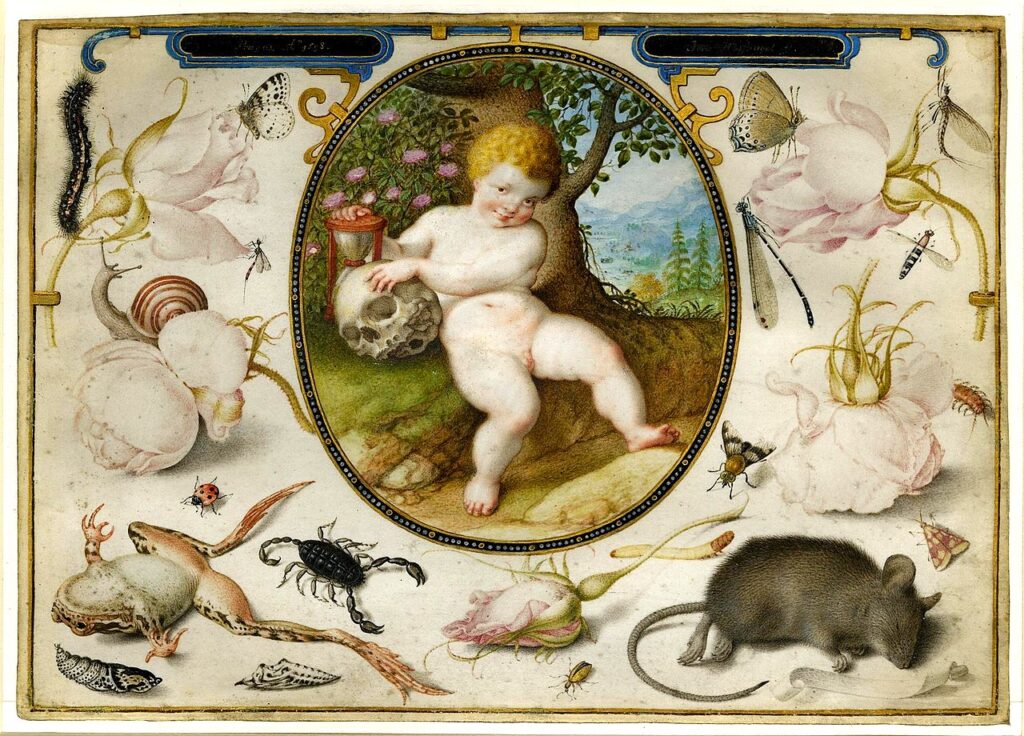
National Gallery of Art, Washington, D.C. – 18 May to 2 November 2025
What do monkeys, beetles, hares, and owls have in common? In this beautifully curated exhibition, they are not just fauna, they are lenses through which artists explored curiosity, wonder, and scientific inquiry.
By the 16th century, Europe’s appetite for understanding the natural world had taken a sharp turn from bestiaries and mythology to observable, classifiable fact. But how do you paint a beetle or a moth if it cannot sit still? Artists and printmakers of the period often relied on dried specimens, carefully pinned or posed, to capture accurate detail. Some collaborated with naturalists, while others worked from collections assembled by aristocrats and scholars. (We will skip the details of how owls or chipmunks were posed; a dried beetle somehow feels more humane than a mouse.)
“Little Beasts” examines how small animals were depicted in 16th- and 17th-century European art, revealing how they reflected changing views of nature, knowledge, and human-animal relationships.
Each object on view, from illustrated books to finely executed prints, reflects a growing curiosity about the animal world and the urge to classify and understand it. If you have never seen a curious beaver, a startled caterpillar, or a deeply unimpressed owl, this is the place. (And if you cannot make it in person, you know where to find the catalog.)
Sargent and Paris
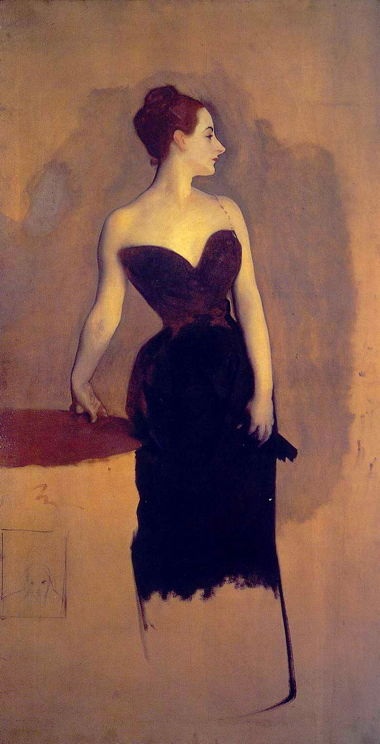
The Metropolitan Museum of Art, New York – through August 3, 2025
To drop the strap, or not to drop the strap?
That was the scandalous question hanging over John Singer Sargent’s now-iconic portrait of Madame X, a portrait so provocative in its original version that Sargent repainted the fallen shoulder strap to preserve the sitter’s dignity (and his career).
This exhibition returns us to the early Paris years of Sargent’s career, where his brush was still unpolished, his style still forming, but his eye already razor-sharp. Alongside works by his mentors and contemporaries, the show builds toward the drama of Madame X, revealing a young artist who dared to step too boldly, then learned how to dazzle with restraint. It is a fascinating glimpse of Sargent before the salons fully embraced him, and of the artistic courage it takes to brush up against scandal.
Otto Dix: The War Portfolio
Minneapolis Institute of Art – through August 31st, 2025
Otto Dix didn’t just observe war, he lived it. For three years during World War I, he led a machine-gun unit in the trenches. After the war, as Germany debated how to remember, or forget, the horror, Dix responded not with nostalgia or denial, but with brutal honesty. In the early 1920s, he created Der Krieg (The War), a searing series of fifty etchings that reads like a collection of PTSD-induced flashbacks: dead horses, decaying bodies, and the mechanical churn of destruction.
This exhibition confronts that vision head-on. With portraits, battle scenes, and biting social satire, it immerses viewers in the psychological wreckage of the 20th century. Sharp lines, sharper critiques, and no comforting illusions. Dix paints not to glorify, but to expose.
Content advisory: this exhibition includes images of suffering, death, and decay.
And that is a wrap, or is it?
If you made it this far, your May travel plans may already be spiraling into a whirlwind of art, architecture, and strategic museum cafe breaks. From ghostly Rembrandt-era masters to tarot cards reunited after centuries apart, and from the flash of Hockney’s pool to the trench-dark etchings of Otto Dix, May 2025 is not just an art month. It is a full-blown visual pilgrimage.
Whichever country you find yourself in, may you stumble into something unexpected, emotional, or just quietly brilliant.
We will be back next month – with more saints, beasts, brushstrokes, and a well-placed dagger or two.
Exhibition calendar
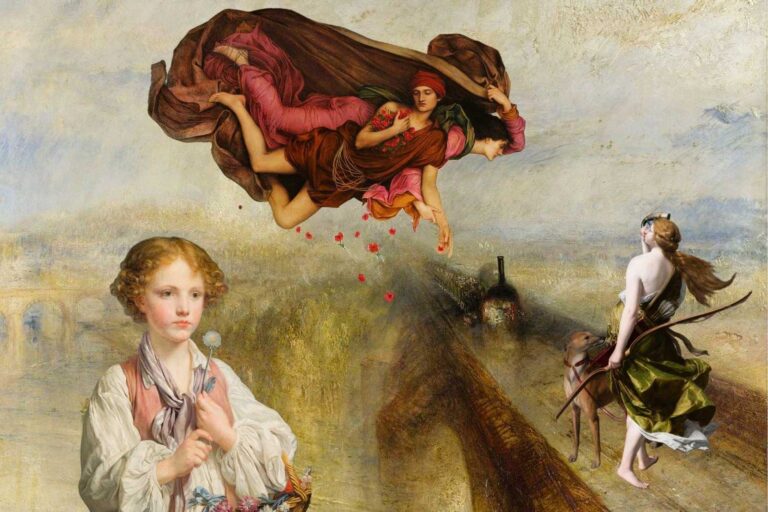
27 Nov 2025
Rainy Days and Dark Nights: Museum Highlights for November 2025
Autumn is entering its final stretch, and the museum season is at its peak.…
Art news
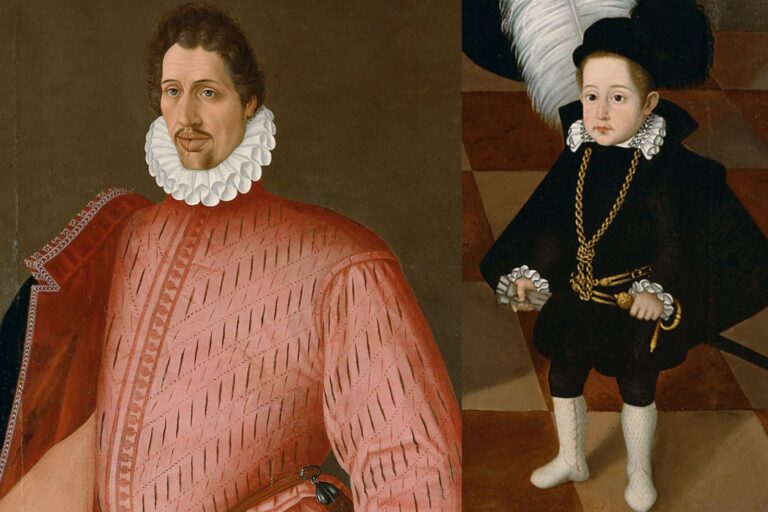
03 Oct 2025
Double Portrait of a Giant and a Dwarf
“Dwarfs” and “giants” were long seen as curiosities of nature. In the Middle Ages…


